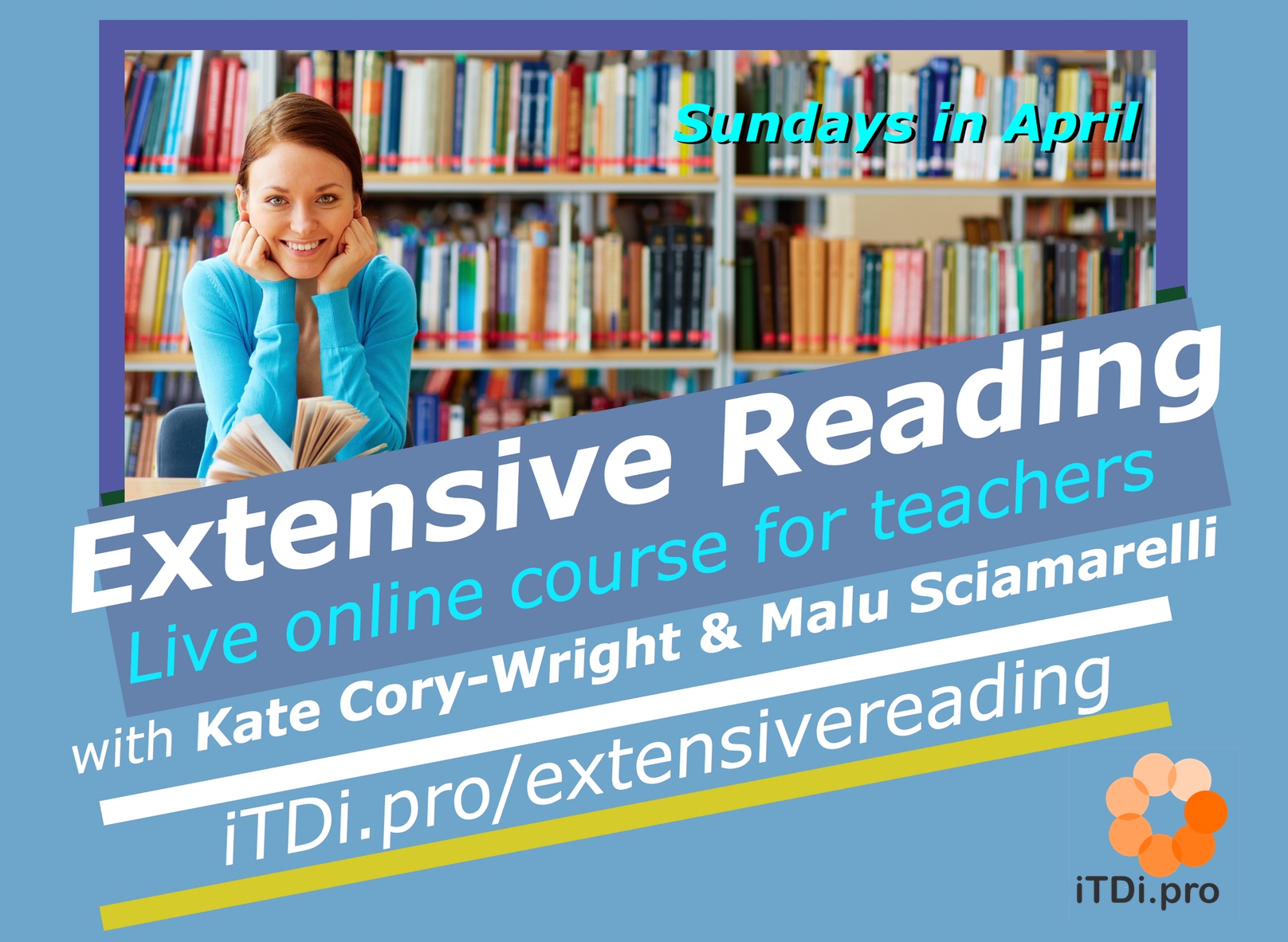
By Chris Mares
Many of my students are not regular or passionate readers in their first languages and seldom read for pleasure. By the same token, a lot of my students can “read” in English and yet rarely do so voluntarily, or for pleasure. In most cases, in fact, my students only read in English only when they have to.
This situation is, of course, not uncommon and not a surprise to many of you. The question is, what can we do to engage our students in reading? To this end I would like to report on a pleasing success I have had recently with my students.
I have never met students who do not like a good story that they can relate to. Stories are told in all cultures. They are part of the fabric that binds us together through shared experience and the transmission of values and knowledge.
With the above in mind, I wanted to get my students engaged in listening to stories, then reading them, then ultimately writing their own. And so, the Richard project began, in a class that met four days a week for 50 minutes, entitled “Story Telling.”
As a reader with a life-long interest in writing, I decided I would write my own stories for students – about me, but presented through the eyes of Richard. My thought was to write about things that we can all relate to: the first day at school, making friends, making mistakes, getting to know oneself, having parents and siblings, loss, part-time jobs, etc. I wanted to make them authentic, simple, understandable, and most of all, stories my students could relate to. The stories are around 800 words in length. I use short sentences, direct speech, and try to inject useful language which I then recycle in subsequent stories. I try to craft the stories in the style of “sudden fiction” with a hook, a body, and satisfying ending. I have found that students enjoy the humor and a full range of human emotions, especially those that reveal uncertainty, doubt, love, pleasure, and all the others that make us human.
So far I have used the stories in our regular core program plus two intensive programs, one with Mexican students, the other with Japanese students. I have also had one of my colleagues use the Richard stories with success.
Over time, students began to look forward to the stories and request that they be in them. Consequently, with ongoing groups of students I would write some stories that included them, and incidents we had discussed or that had happened in class. I found that not only were the students eager listeners, they also valued reading aloud, and would voluntarily re-read the stories at home. Another interesting development was that some students in my Personal Writing classes began to write letters to Richard, or write their own Richard-like stories. What I am reporting is anecdotal, but true. Finally, a couple of my students asked me about the University Library as they would like to find books themselves to read, stories, they said, like the Richard stories.
With my Mexican students who were very motivated I developed a worksheet on how to write a Richard story. It worked much better than expected as the students not only wrote wonderful stories but clearly enjoyed reading each other’s. Below is the handout I used in this class.
Writing a Richard story
When I write a Richard story, I first try and think about something that has happened to me in my life that you might find interesting or funny. Usually it’s something that I think you will be able to relate to in some way. For example, your first day at school, making a mistake, falling in love, or making new friends. I find it difficult to write in the first person. For this reason I write in the third person. I like to use direct speech in the stories. I keep the sentences very simple and often quite short.
I chose the name Richard because it seems very English to me and doesn’t have any particular associations. It isn’t the name of any of my friends or relatives, for example.
It normally takes me about 45 minutes to write a Richard story. It might take you a little longer.
The Process
- Think of a particular time in your life.
- Think of something fun or interesting that happened to you at that time.
- Note down the names of the other people who will be in your story.
- Choose a name for yourself.
- Think of a title.
- Get writing.
Giving it a try
Like many things in life, it takes a bit of time and practice. If you find it hard to begin (get going)… Just write. Start with the name of your character. Visualize him or her. Have a picture in your mind. Where is he or she? What is he or she wearing/thinking/doing? etc.
It is possible to get students engaged in stories and interested in reading. The stories need to be accessible linguistically and culturally and have a universal appeal. They also need to be short enough to be read in one class including the time available for schema-raising, which is to say, getting the students hungry for the story.
If you are interested in reading a short selection of Richard stories, please email me at si********@*****il.com and I will send some to you.


